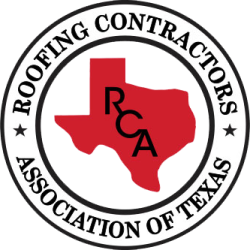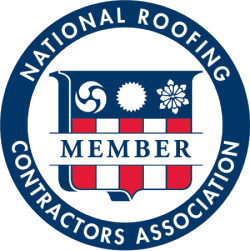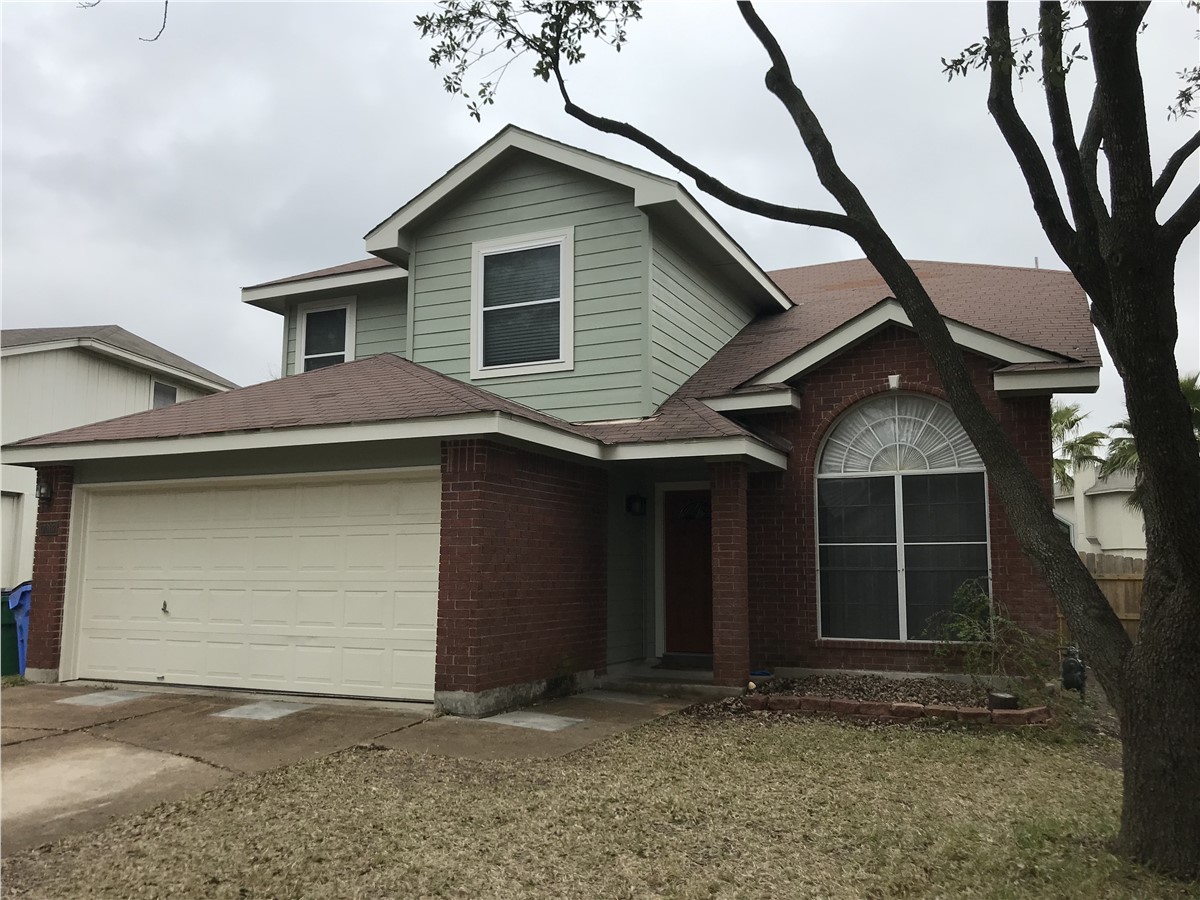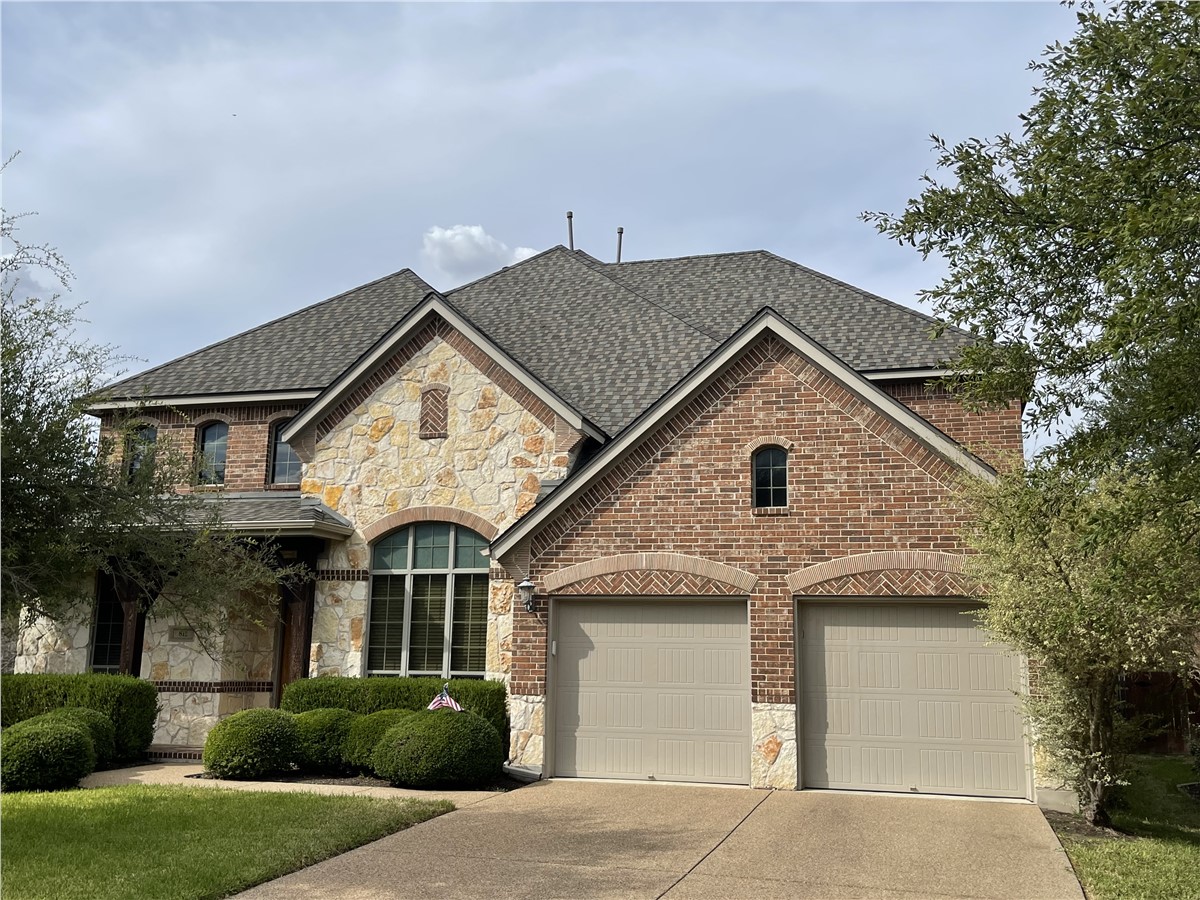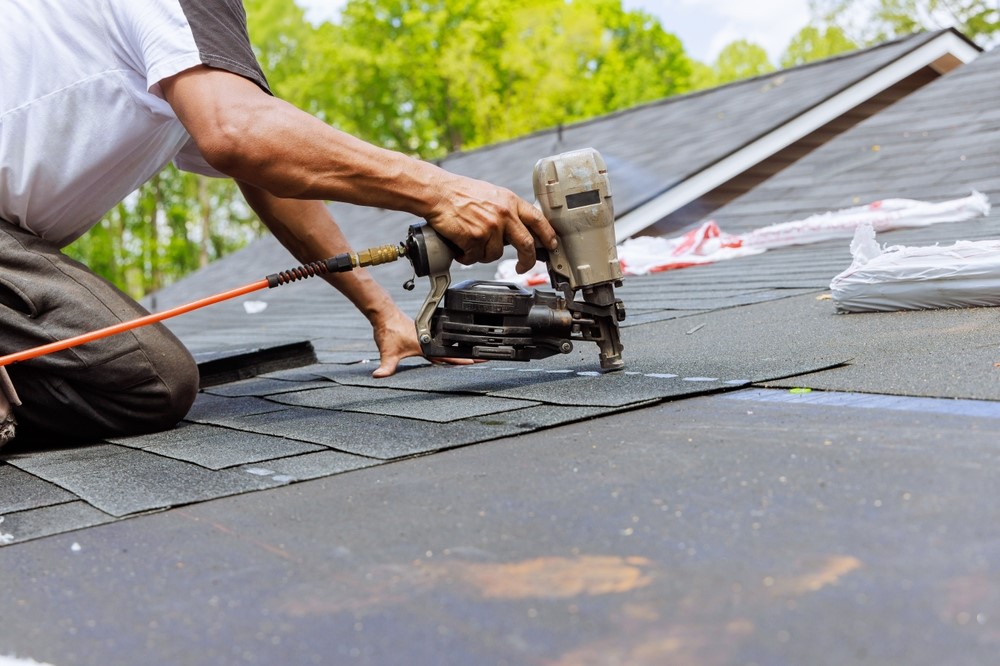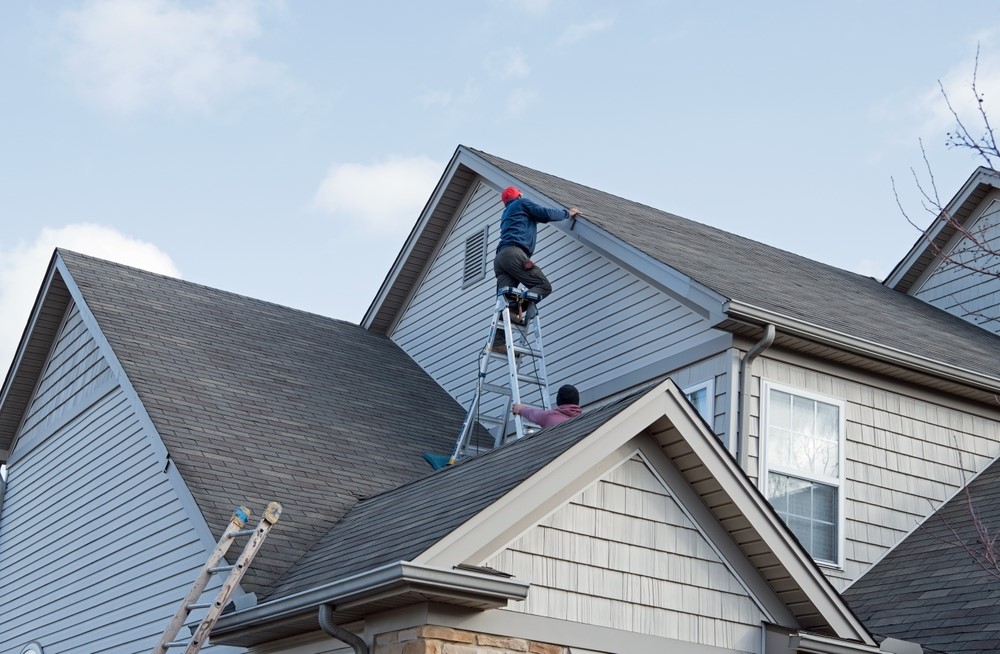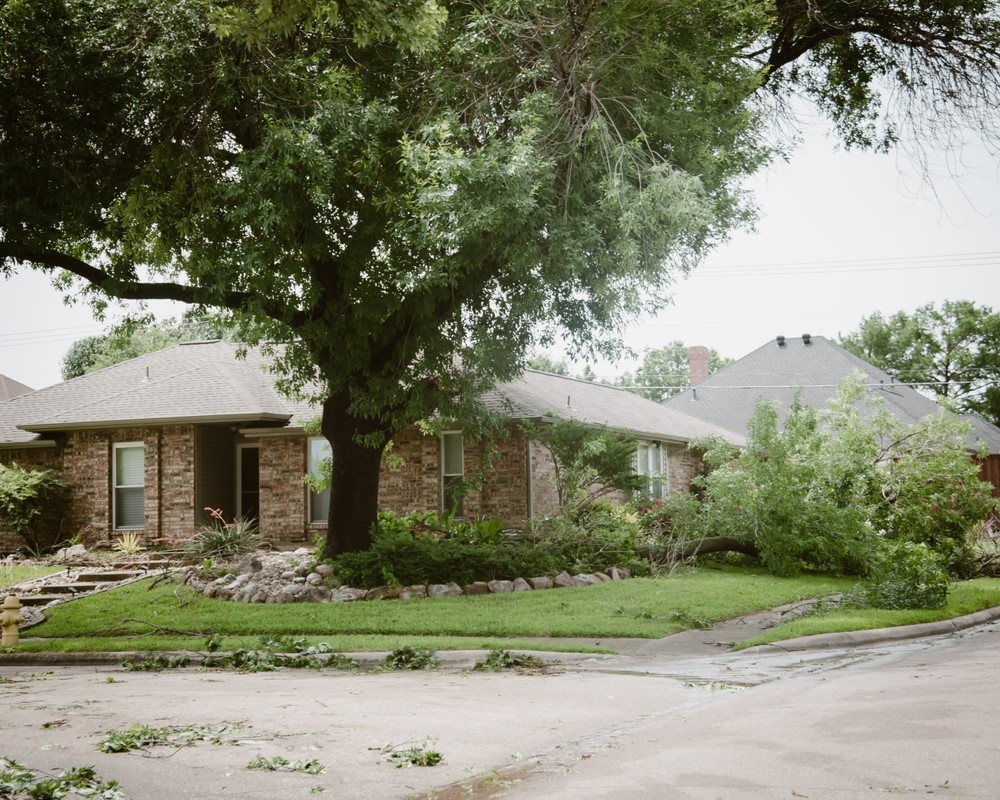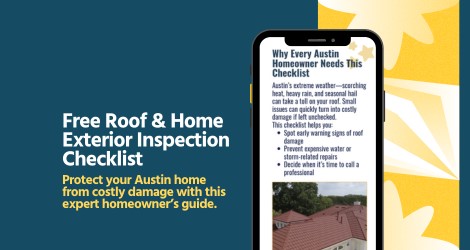Homeowner’s insurance can help you pay to repair or replace your roof, but only in some situations. Learn more about what insurance will and won’t cover.
Your roof is one of the most important parts of your house, so you want to make sure you take care of it. If you discover damage to your roof that needs repairs, you might be worried about whether your homeowner’s insurance will cover the cost. The answer to this question depends on several questions, the most important of which is how the damage occurred.
Homeowner’s insurance will typically cover damage caused by certain events, but not damage that developed over time. Read on to learn more about what your homeowner’s insurance might cover, what you can do if your roof needs repairs or replacement, and how to keep your roof in good condition so that damages are less likely.What does my homeowner’s insurance cover?
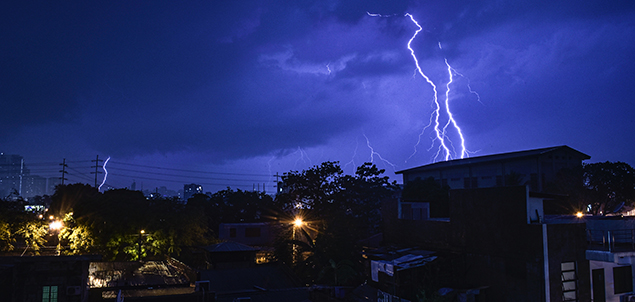 Photo by Gerome Yu from Pexels
Photo by Gerome Yu from Pexels
- Fire, including lightning damage
- Explosion
- Smoke
- Wind and hail, including tornadoes and hurricanes (although hurricane coverage may be limited for homes on or near the coast)
- Abrupt and accidental release of water, such as a burst pipe or roof leak
- Theft, vandalism, riots, and other illegal acts
- Damage from cars, airplanes, and other vehicles
 Photo by Kelly Sikkema on Unsplash
Photo by Kelly Sikkema on Unsplash Homeowner’s policies do not cover the following:
- Flooding
- Wear and tear
- Damage from slow, continuous water leaks
- Damage from termites and other pests
- Earthquakes
Sometimes, an insurance company might deny coverage for damage caused by a covered risk because the damage is minor. That minor damage can grow over time.
For example, high winds in a thunderstorm might have loosened a few of your shingles. The insurance company doesn’t feel like it is worth a claim, and you let it go. Weeks or months later, you notice that your roof is leaking because of the damaged shingles. Even if the root cause of the damage was the storm, your insurance company can claim that it is the result of wear-and-tear. It’s worth pushing back against your insurance company when damage occurs, however small it might seem at first.How much will my homeowner’s insurance pay?
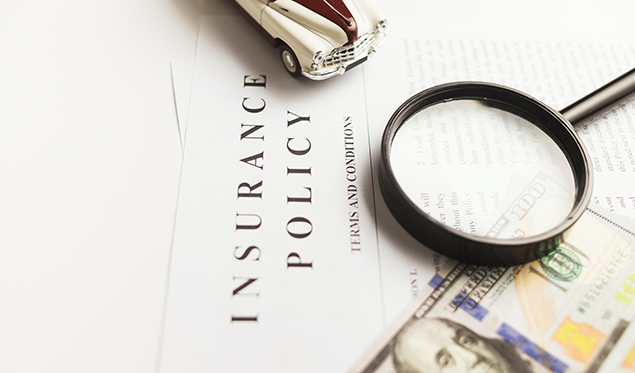 Photo by Vlad Deep on Unsplash
Photo by Vlad Deep on Unsplash
Actual cash value coverage
This will pay you the depreciated value of your roof, which takes wear and tear into account. Suppose you paid $12,000 for a new roof a decade ago. The roof’s cash value might be $8,000 after ten years of depreciation. If you have to replace your roof, the insurance company will only pay you the balance of $6,000 minus your deductible.
Replacement cost coverage
This pays the cost to replace your roof minus your deductible. In the above scenario, suppose it will cost $12,000 to replace your roof, and you have a $2,000 deductible. Your insurance company will pay $10,000 with replacement cost coverage, compared to $4,000 with actual cash value coverage.
How can I avoid roof damage claims?
Keeping your roof in good condition can help it stand up to severe weather and other incidents that could damage it. You can take steps to protect your roof and help it protect your home.
Keep tree limbs clear from the roof
Prune any tree limbs that are touching or getting close to the roof. Storms can knock tree limbs loose and cause them to fall on your home. Branches that rub on the roof can cause damage over time. Squirrels and other critters can leap from nearby branches onto your roof, where they can cause all sorts of trouble.
Clean your gutters
Clogged gutters allow water to pool on the roof. This is exactly where you don’t want water to be.
Have a roofing contractor inspect your roof periodically
Regular inspections of your roof can identify potential problem areas. You should have a roofer take a look at your roof at least once a year or every other year. They can inspect for loose or broken shingles, broken or missing flashing, and other issues.
Get in touch with RoofCrafters!
RoofCrafters helps Central Texan home and business owners deal with insurance and repair damaged roofs with absolute precision and professionalism. We’ll help when your roof has suffered serious damage, and we’ll provide maintenance to help prevent damage in the future. Contact us today to schedule your free roof inspection!
Subscribe to RoofCrafters Inc's Blog

